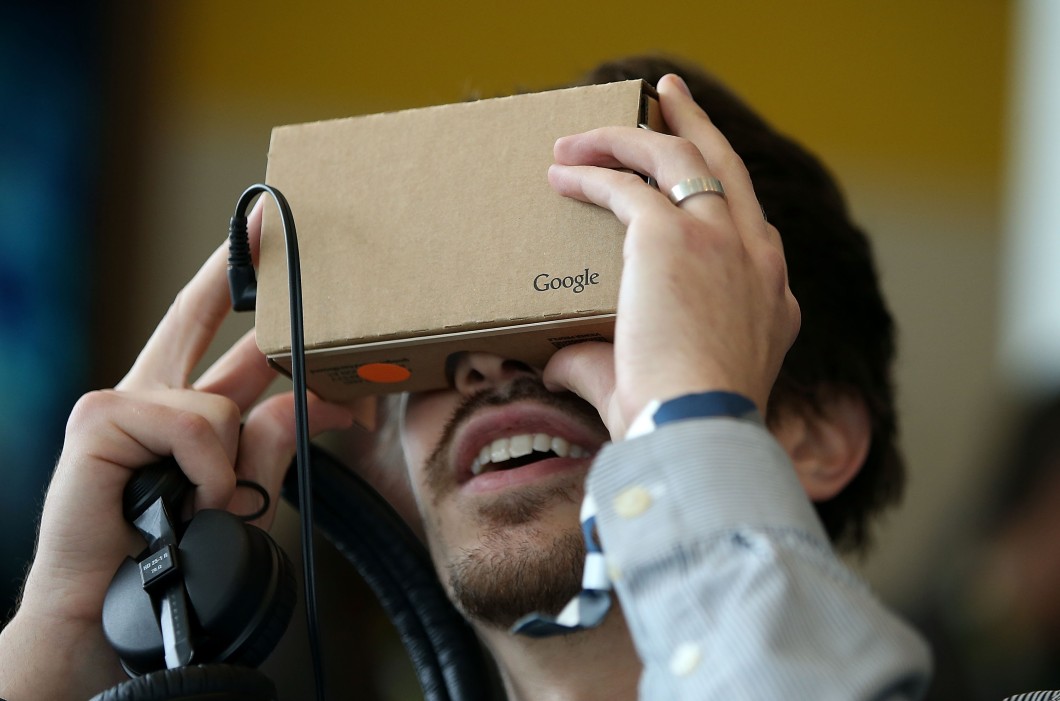Prior to our project critique on Tuesday, we thought it would be important to look into the importance of audience participation in relation to our ‘Home Invasion’ test.
In Confronting the Challenges of Participatory Culture: Media Education for the 21st Century, Jenkins, et al. (2007) characterise today’s society as one based on participation, using the term “participatory culture” to describe how we are no longer pure consumers of media, but producers, sharers, and collaborators.
It seems as though with our current technological advances, especially within Virtual reality and digital media, the significance of audience participation plays a great part in the advertising and consumerism of media.
In a recent conference at the AC, Intel announced a partnership with Hype VR to deliver high-fidelity video capture that allows viewers to move around a video scene as if they were there.
In this video, INTEL are exhibiting their latest VR video experience to a wide host of people. Each person in the room wear a VR headset and experience the environment around them, and are able to interact with a reality in front of them. The people hosting in this conference direct them with what to look at during the test and this is something that has caught my attention in regards to our critique.
Whilst we aim to bring an interactive element to our presentation, where the audience can engage in our creation of Google maps, we also want to emphasise the importance of us maintaining control over how much freedom the user can have, much like the way of Google maps. In the video, the presenter prompts the audience to tilt their head, look right at the bull and to check the realness of the water. Though these are subtle instructions, we feel it is a key method of engagement with the audience, as the control and power is still in the hands of the creators, but the audience can still feel as though they have license to explore various perspectives within the space.
‘When a viewer pulls on a VR headset, they gain control of the camera. They become the director. If a filmmaker forgets that, they risk losing the viewer’s attention at the most critical moments. Or they risk overshooting the limits of human attention.’
The participation of audiences, especially in a VR experience is vital, yet can have a huge impact on the designer/practitioner’s goal. In our experiment, we aim to show how we have gone a step further than Google Maps, and have broken the common ground of ‘street view’ and have entered homes, bedrooms and kitchens. Our creation is of our own, and we have designed our interface in a way that has certain limitations to it, much like Google, for example ‘specific transitional arrows’ in the home where the user can interact in.
We aim to ask the audience where they would like to go during our presentation, giving them that freedom of choice, however we will be taking them on the various routes crafted by us.
